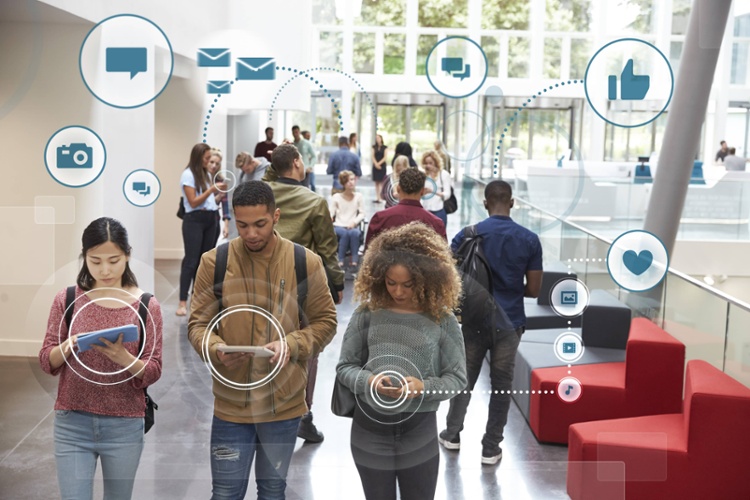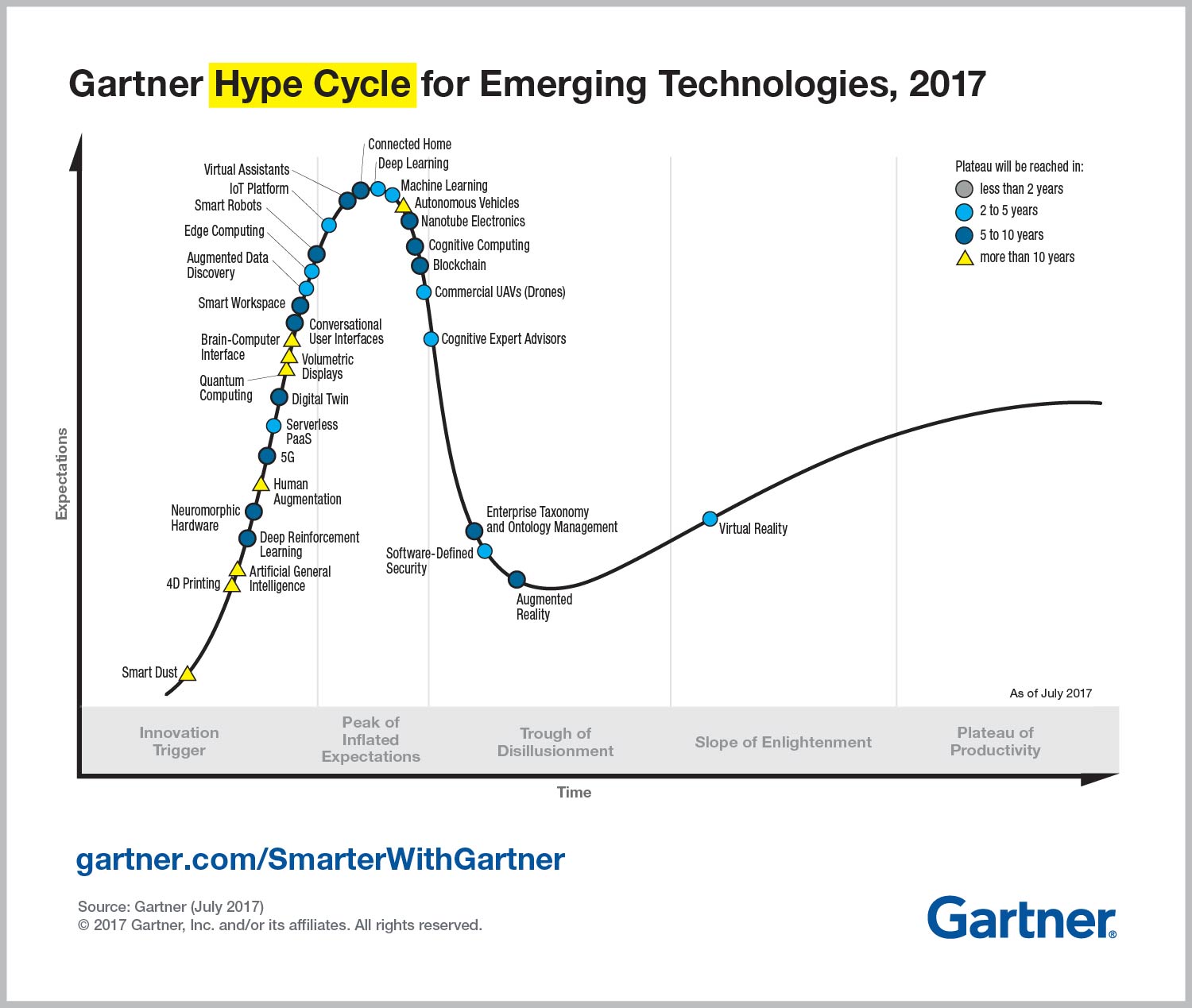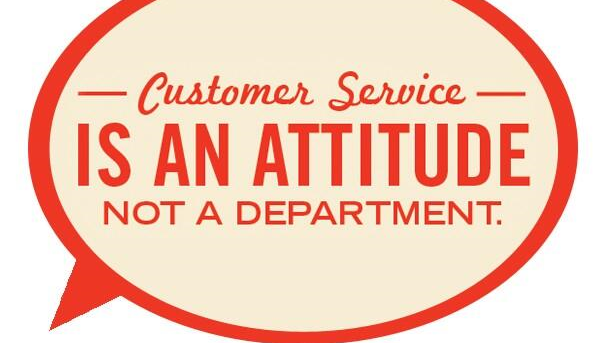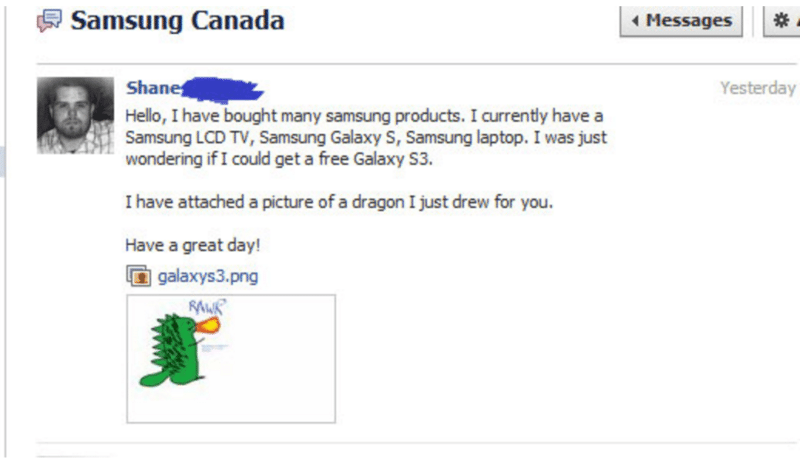Article by Adam Rawot, CEO Woveon
I remember reading an article almost ten years ago talking about how teens were sending over 40 texts a day on average. The tone of the article was incredulous, but the statistic pales in comparison to how we exist online now. Speaking personally, it’s not implausible I send off 40 messages before 10 AM in my morning inbox check in. Sarah Guo, a partner of Greylock, expressed it succinctly when she took to Medium: “More than a decade ago, academics such as Thurlow described a “communication imperative”—human beings are driven to maximize their communication volume and satisfaction. More recently, researchers have described it as compulsion.”
While constant connectedness is old news, technology has finally achieved a point it can leverage this behavior. As with all big shifts, there will be survivors and those who don’t adapt fast enough. Companies will need to change to a conversational mode of thought to maintain the experiences users expect and deliver the individuality anticipated.
People Always Talk

Nearly 25 years ago, Harvard Business Review wrote “today if you’re not on the phone or talking with colleagues and customers, chances are you’ll hear, “Start talking and get to work!” In the new economy, conversations are the most important form of work.” Conversations are how we track knowledge flows. Conversation flows are how people create value, share information, and illustrate how companies operate.
A cited example is McKinsey. McKinsey prides itself heavily on the intelligence of its members, and by an extension the true value of McKinsey over other firms is its extensive knowledge base. That knowledge is curated and developed through internal conversation and shared through internal conversation. In short, McKinsey is conversation.
We are entering a new age for product development – one dictated by the conversational economy. Broadly, the conversational economy is the catchall phrase for companies, products, and ideas built on, alongside, or relying heavily on a conversational interface. More simply, they are services that leverage conversation.
This definition is board, and intentionally so. While some apps like iMessage, Snapchat and email obviously fit into this definition, conversation works as a backbone in services like Facebook, customer service complaints, and online advertising as well. Finding a common backbone helps derive a working model for these services.
Between the myriad of mobile apps used every day, access to the internet, and the seemingly innate human need to feel connected, conversation based platforms are dominating our lives. We have effectively destroyed the asynchronous quality of day to day life. We persist online, and, consequently, our conversations with one another never really begin or end. This data stream is a jackpot for product creation.
Smarter Everyday
Artificial intelligence, in the eyes of the public, has snuck past an important threshold. Presentations by titans like Facebook and Google have assured that we are moving away from the robotic idea of natural language processing in a rigid sense to natural language understanding. In other words, instead of responding to a keyword or a phrase, computers are beginning to be able to understand sentence, paragraphs, and intent.
There are a variety of causes for this – improvement of machine learning and deep learning, Moore’s Law, and rate of mobile and app data collection, to name a few. Algorithms and software are taking on their own intelligence. Just the idea that failed outcomes can make systems better is an astounding twist compared to five years prior.
Additionally, we’re in the middle of the boom of ambient computing, the idea that our environments and surroundings are responsive. We don’t have to open our phone or flip open a laptop to be connected. On the way to work I may pass a few smart cameras, a plethora of listening iPhones and Galaxy phones, an Alexa, Chromecasts, and more. Despite this, I would characterize myself as one of the less connected people in my demographic. At every step of my day my voice can be heard, position tracked, and activity monitored. Being connected no longer has much to do with if our phone is on our person or if we’re behind a keyboard.
Although passive collection has subtly pushed past our natural aversion to share information with technologies we don’t understand and people we don’t know, this one-sided trade has come with the expectation of usability. When software doesn’t work or apps crash, we no longer blame ourselves, we blame companies. We are inundated with choices, but that means that we have little tolerance of poor experiences. Users are more empowered than ever in that they don’t have to subject themselves to experiences they don’t want or content they’d rather avoid. We so demand these freedoms that events like net neutrality rapidly cause public outcry and social faux pas by companies like EA tank sales.
Computing, connectedness, and data almost completely undermine how product managers need to think about designing products. The need to leverage conversation to deliver value has emerged as one of the most critical company problems. IDEO acquiring a data analytics company, giants like Apple acqui-hiring boutique companies with human-centric software, and Salesforce pushing Einstein all serve as mine canaries that even the most established companies are racing and struggling to adapt.
Buying In and Cashing Out
As George Box famously cited – all models are wrong, but some are useful. Where is the utility of viewing products as ongoing conversations?
A helpful place to start is in how companies have historically fended off competition. These ‘moats’ include things like brand loyalty, unique data sources, and intellectual property. However, as technologies like AI are more readily available via open source projects, cloud hosting and computing are only a few clicks away, and systems of engagement continually emerge, the traditional ideas of tech defensibility are evaporating. In a Greylock article on Medium, they wrote “In all of these markets, the battle is moving from the old moats, the sources of the data, to the new moats, what you do with the data.”
In another words, companies are now finding defensibility through the experiences they create. To create these experiences for customers in the conversational era, companies will have to harness existing behavior, respond personally, and work faster.
Harnessing existing behavior is an exercise in invisibility. The real frontier for conversational companies to generate solutions for problems before the consumer is even aware. For example, Facebook realized that people asked for recommendations on their newsfeeds. Instead of creating a new service, they had posts automatically update with reviews and locations. They created a new card that changed automatically depending on what a user wrote. As expressed by a product designer at Facebook: “We didn’t try to invent a completely new behavior; rather, we found an existing one and made it way better.”
To cite an example within my own career, food industry companies often lose hours if not days within food recall investigations. Tracking a faulty shipment through several distributors can be tricky. We worked to create a product that reads the complaint before the owner may even be aware it exists and start and investigation. By the time an owner is even aware there is a problem, a report is ready. By approaching complaints, invoices, and shipments and messages between companies, value can be created seamlessly in a second layer.
As I’ve written about before, personalization is an increasingly critical element of producing customer lifetime value. Harvard Business Review started to notice this trend in their research on customer service: “Even as artificial intelligence becomes embedded in everyday interactions; human conversation remains the primary way people make complex purchases or emotional decisions.” The fatal error in a lot of software products is focusing on company efficiency over consumer experience. While these changes may boost bottom line in the short term, they encourage competitor entry and consumer drop off.
Conversational AI apps have an obvious outlet for personalization, and the power behind them allow easy switching between automation and human elements. More simply: “these intelligent agents will facilitate one-on-one conversations between consumers and sales or customer service representatives rather than simply replacing human interaction.” Imagine a case where someone sits on a delayed flight and sends out an angry tweet. A conversational built system could find the message, tag it, and route it to an agent. While the agent delivers a personal response with an update, the system has already sent an alleviating reward of extra miles to the customer. The captain may be alerted of sentiment on the plane and deliver an announcement. While an autoresponder may have been cheaper, the customer will now remember the exceptional level of immediate service and is more likely to return. As information and computing become free, the real commodity becomes the personality of the person on the other end of the line.
In the shorter term, there’s a simpler way to think about AI adoption – people don’t trust what they don’t understand. In the classic product management advice, it’s best to start with a problem and move to solution. Leveraging conversation is a means to building a better product, but that doesn’t change what the bottom lines should be. In other words, “Bots do not need to be human to be human centered.”
Outside of the shift in new product priorities, another major implication is how we use the technologies we use currently. In a blog post, Dan Rover (sp?) declared that bot won’t replace apps, but inboxes were the new home screen. Our email, text messages, and more were queues demanding our intention and driving our usage.
Companies leveraging platforms like WeChat have been able to effectively create micro services and apps for things like ordering that have integrated seamlessly with how we act now. Bot companies that are able to daisy-chain onto conversations to do scheduling and commuter planning have shone in venture capital funding. It’s not inconceivable the next unicorn will have nothing to do with creating a new platform but layering effortlessly onto the ways we talk with those platforms now.
Speak Now
We talk online all the time, but computing has finally let us create value from that. Companies need to invest in ways to leverage these conversations to deliver seamless and personal content. This means focusing on personnel and focusing on alleviating frictions than automation. Companies that don’t value the communication imperative and connectedness of customers will soon find themselves lagging in experience, and, later, sales.
__
A prime example of this is Amazon Web Services’ fast climb to dominance. Legacy systems like Oracle required costly deployments and developers, and setting up cloud instances on AWS is only a few clicks away. IaaS records have shown Amazon’s sheer dominance. Oracle, trying to defend by housing data and curating an elite brand, couldn’t compete with Amazon’s engagement accessibility.
Perhaps the most obvious implication of smart conversational apps is efficiency. However, despite all the news and hype around an artificial intelligence singularity, businesses – and their customers – still revolve around the interactions person to person. This means that products needs to be resolved around facilitating conversation, collecting information, and iterating form that information. The AI boom has made it easier than ever to facilitate personal conversations no matter where customers are online.

















 Written by
Written by 











